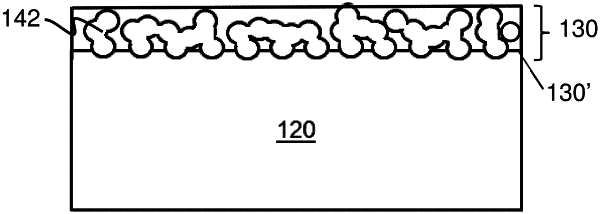| CPC H01M 4/366 (2013.01) [H01M 4/0419 (2013.01); H01M 4/0471 (2013.01); H01M 4/13 (2013.01); H01M 4/139 (2013.01); H01M 4/62 (2013.01); H01M 10/052 (2013.01); H01M 10/0525 (2013.01); H01M 10/4235 (2013.01); H01M 50/403 (2021.01); H01M 50/431 (2021.01); H01M 50/434 (2021.01); H01M 50/449 (2021.01); H01M 50/451 (2021.01); H01M 50/457 (2021.01); H01M 50/489 (2021.01); H01M 50/491 (2021.01); H01M 50/497 (2021.01); H01M 4/134 (2013.01); H01M 4/382 (2013.01); H01M 2220/20 (2013.01)] | 20 Claims |

|
1. An electrochemical cell, comprising:
a first electrode, comprising:
an ion-conductive layer comprising a plurality of fused particles formed from unfused particles having an original surface, wherein at least a portion of the plurality of fused particles are fused to one another such that at least a portion of the original surface of the unfused particles can no longer be discerned in the plurality of particles fused to one another, wherein the ion-conductive layer further comprises a plurality of unfused particles;
a current collector adjacent to the ion-conductive layer; and
a second electrode comprising lithium.
|